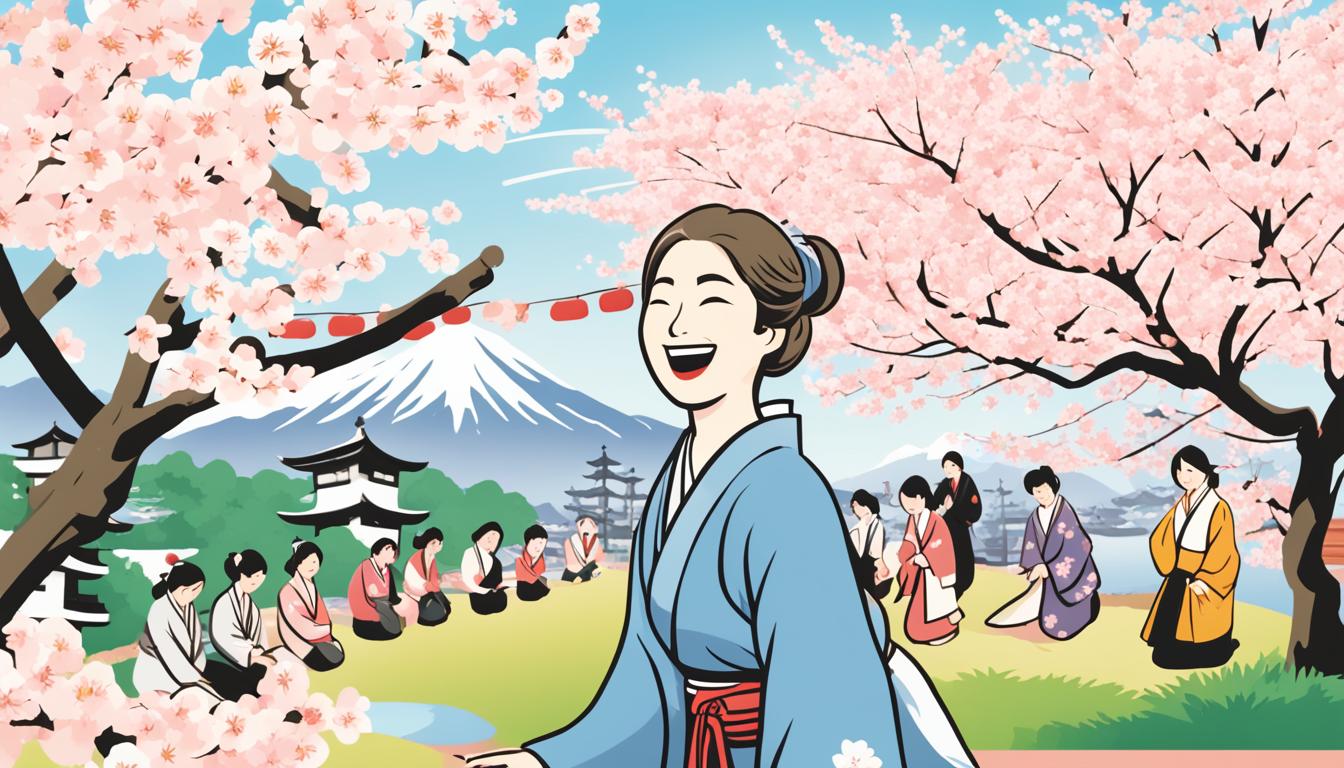In Japanese culture, greetings are an essential part of daily interactions. One of the most common and important greetings is “ohayo gozaimasu,” which translates to “good morning” in English. Learning how to say ohayo gozaimasu correctly is essential for anyone visiting Japan or learning the Japanese language. The greeting is used to greet others in the morning, and it can be used in both formal and informal settings. Pronunciation is crucial in Japanese, so understanding how to pronounce ohayo gozaimasu accurately is essential. It’s also important to note the cultural customs and nuances associated with this greeting.
How to Say Ohayo Gozaimasu in Japanese
The phrase “ohayo gozaimasu” can be broken down into two parts: “ohayo” means “good morning,” and “gozaimasu” is a polite expression used to show respect. The pronunciation of ohayo gozaimasu is oh-hi-yoh goh-zye-mahs. It’s important to enunciate each syllable clearly and maintain a polite and respectful tone while saying this greeting.
Ohayo gozaimasu is commonly used in Japan to greet people in the morning, especially in formal settings such as the workplace, schools, or stores. It can also be used in casual settings with friends and family members.
Learning how to say ohayo gozaimasu correctly is essential for anyone visiting Japan or learning the Japanese language. By mastering this greeting, you’ll be able to show respect and effectively communicate with the locals. Whether you’re greeted with an ohayo gozaimasu or using it to greet others, understanding the pronunciation and cultural nuances associated with this phrase will help you navigate social interactions in Japan with ease.
Other Common Japanese Greetings
Alongside ohayo gozaimasu, there are other common Japanese greetings that are important to know. One of these is “konnichiwa,” which means “good afternoon” or “hello” and is used from late morning to late afternoon. The pronunciation is kohn-nee-chee-wah. Another common greeting is “konbanwa,” which means “good evening” and is used from dusk until nighttime. The pronunciation is kohn-bahn-wah. These greetings are used in various social situations and can be used both formally and casually. Understanding and using these greetings appropriately will help you navigate social interactions in Japan with ease.
Casual Greetings in Japanese

In addition to formal greetings, there are casual greetings in Japanese that are used among friends and peers. These include “yo,” which is equivalent to the casual English greeting “hi,” and “oi,” which is similar to the English greeting “hey.” Another informal greeting is “yaa,” which is often used among friends and can be translated as “hi.” These casual greetings are used in informal settings and should be used with caution in more formal situations.
Additional Japanese Greetings
Expand your knowledge of Japanese greetings with two more essential phrases: “tadaima” and “oyasumi nasai.” When returning home, announce your arrival with “tadaima,” which can be translated as “I’m back” or “I’m home.” It’s a polite way to let others know you have returned. On the other hand, when bidding goodnight, use “oyasumi nasai,” meaning “goodnight.” These greetings add depth to your Japanese language skills and help you navigate various social situations with respect for Japanese customs.
To master these greetings, remember their proper contexts. Use “tadaima” when entering your own home to greet your family or roommates. It shows that you have arrived safely and acknowledges the people you live with. As for “oyasumi nasai,” save it for the end of the day when you are going to bed as a way to bid goodnight to those around you.
By incorporating “tadaima” and “oyasumi nasai” into your vocabulary, you not only demonstrate your understanding of Japanese culture but also enhance your ability to connect with native speakers. These greetings are small yet meaningful ways to show respect and build rapport in social interactions. So, next time you come home or prepare for bed, don’t forget to use these additional Japanese greetings.

